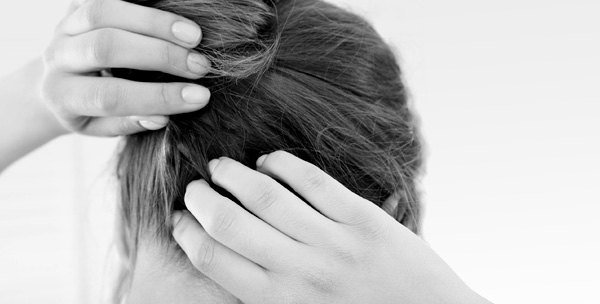Ringworm (tinea capitis) is a common mild infection of the scalp and hair that appears as scaly spots and patches of broken hair on the head. The disease is caused by a fungus and is often diagnosed in children.
Ringworm can be transmitted from one person to another by direct contact with an infected person or contaminated objects (comb, pillow or mattress). More rarely, the fungus can be transmitted from an infected animal (especially cats and dogs) or from the soil. Although there are several types of fungi that can cause the disease, they are referred to by the general dermatophytes term.
Who can get the disease?
Ringworm can occur in people of all ages, races and genders. However, ringworm is more common in children, especially between the ages of 3 and 7 years. In the U.S., African-American children make the disease more frequently than children of other races. The disease is more common in boys than in girls.
Signs and symptoms
Places on the body where the disease typically manifests:
– Scalp
– Eyebrows (rarely)
– Eyelashes (very rare)
Ringworm appears as one or multiple round or oval areas covered by gray scales, often accompanied by hair loss. Diseased areas may be red and inflamed, and small pustules (pus pockets) may appear. Also, on the scalp, small black dots formed by broken hairs may appear. Some areas (lymph nodes) behind the scalp, ears, and along neck may start to swell.
One of the ringworm complications is kerion, which is a big bump full of pus flowing. Without aggressive treatment, kerion can lead to scars and permanent hair loss. Ringworm is usually itchy.
Prevention
There are no effective self-care rules for the disease to be treated effectively, however, below are some preventive measures:
– Protect children from entering in contact with infected people or animals.
– Teach children about the dangers of sharing combs, brushes, hats and hair accessories.
When to call the doctor
Contact your family doctor or a dermatologist if your son or daughter has areas of hair loss, itching, or scales on the scalp. If someone diagnosed with the disease is in close contact with the child (brother or sister, friend or colleague), be sure to examine the child’s scalp searching for “flake” areas. If you have suspicions about a certain area, take the child to the doctor for professional advice.
If the diagnostic is ringworm, take all your pets to the veterinarian to make sure they do not have any dermatophyte infection. If the vet finds an infection, make sure the animal will be treated.
Disease treatment
To confirm the diagnosis of ringworm, your doctor may take a close look (under a microscope) at some scales on the scalp. This procedure, called the method of KOH preparation (potassium hydroxide), allows the doctor to look for the certain signs of a fungal infection. Sometimes the doctor will do a culture to document the presence of fungus, or to discover exactly what caused it.
The procedure involves
– They pluck a few hairs in the affected areas of the scalp.
– Using a sterile cotton wrapped swab, is collected the material with damaged skin.
– This sample is sent to the laboratory for further testing.
Sometimes laboratory analysis can identify the type of dermatophyte fungi that cause ringworm.
The disease is treated using oral antifungal drugs, as the fungus invades the hair follicles where the topical creams and lotions can not penetrate. The treatment usually lasts 6-8 weeks with oral antifungal drugs or syrups as:
– Griseofulvin
– Terbinafine
– Itraconazole
– Fluconazole
– Ketoconazole
Often, the doctor prescribes a medicinal shampoo to reduce the risk of transmitting the disease to someone else:
– Shampoo with selenium sulfide.
– Shampoo with ketoconazole.
Sometimes, untreated ringworm seems to heal itself when the child reaches puberty.

